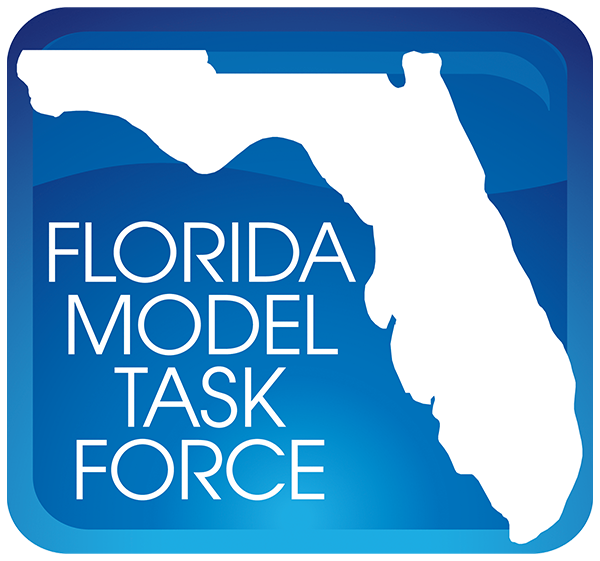

Advances in computer hardware and software have led to an increasing level of sophistication in travel demand forecasting. Many researchers have taken advantage of the improved computing power to refine travel demand models. Traditional travel demand models rarely consider intersection delays when estimating travel time. This is because modeling intersection delays is challenging due to the complexity in roadway geometry, signal plans, and vehicle movements.
Currently in FSUTMS, trips are assigned to links based on link impedance and penalties for turning movements. A generalized method that appropriately incorporates intersection delays is desired for short-term model improvement. This study is designed for this purpose. Twenty seven types of intersections are identified based on the street network from the Gainesville 2000 model. Five typical intersection types are selected, for which delay models are developed as proof of concept. The artificial neural network (ANN) technology is employed to build the models, which estimate delays based on limited inputs including movement volumes and capacities.

